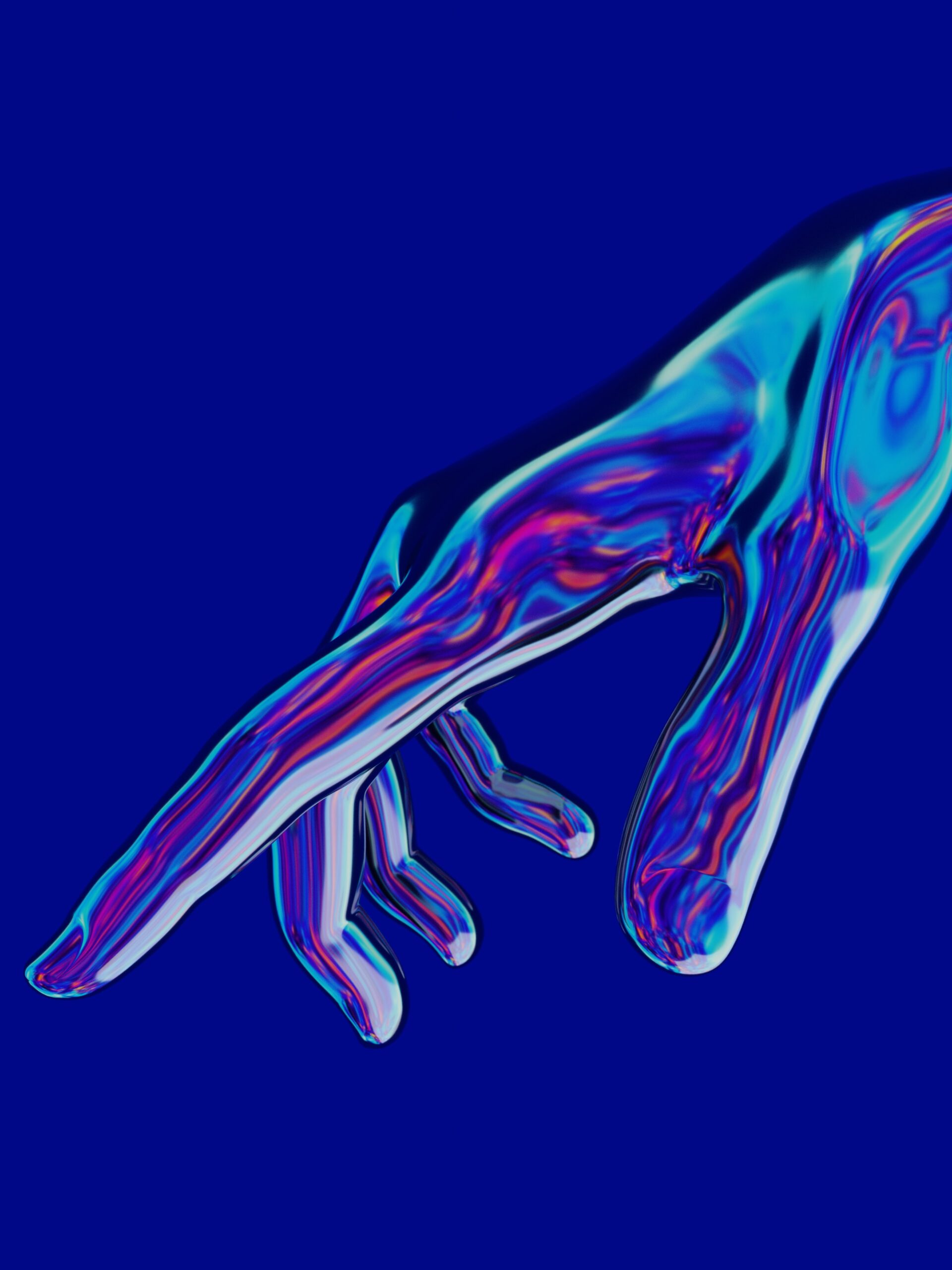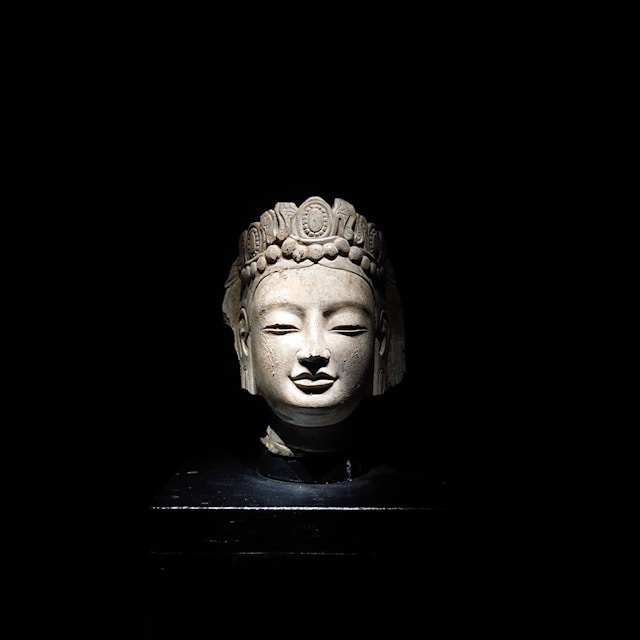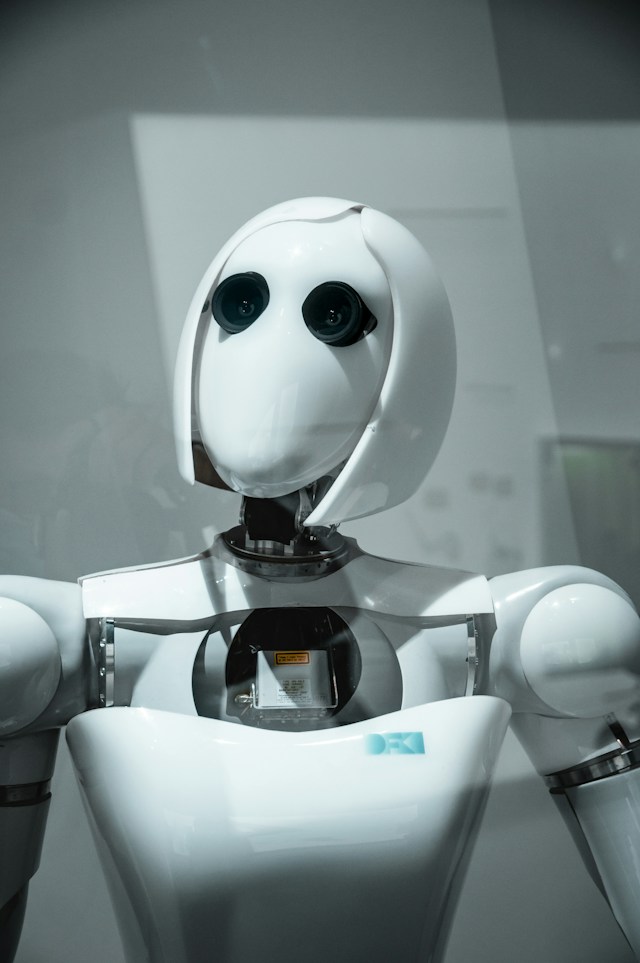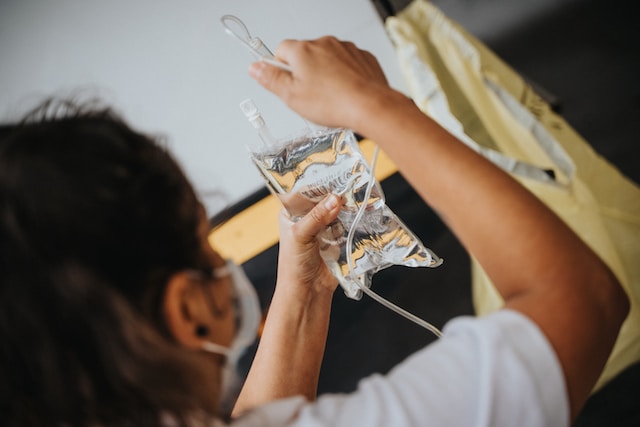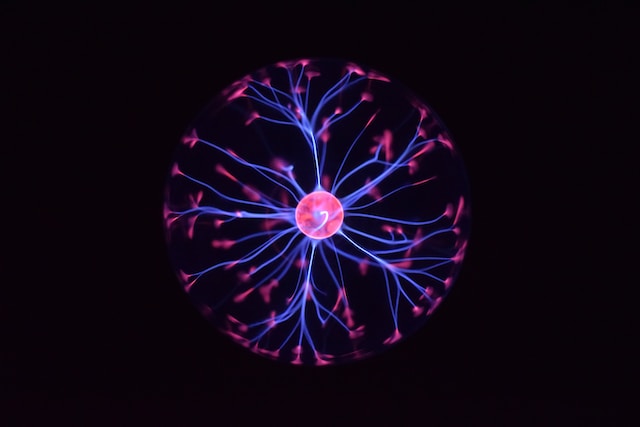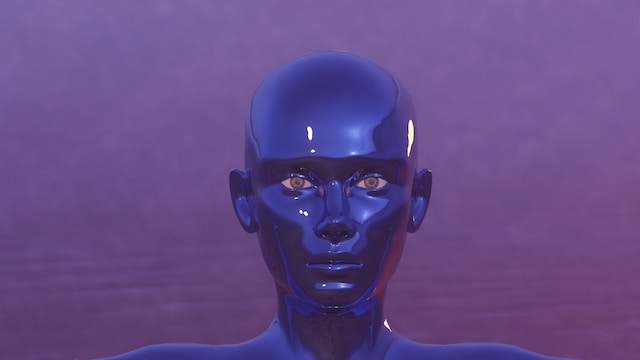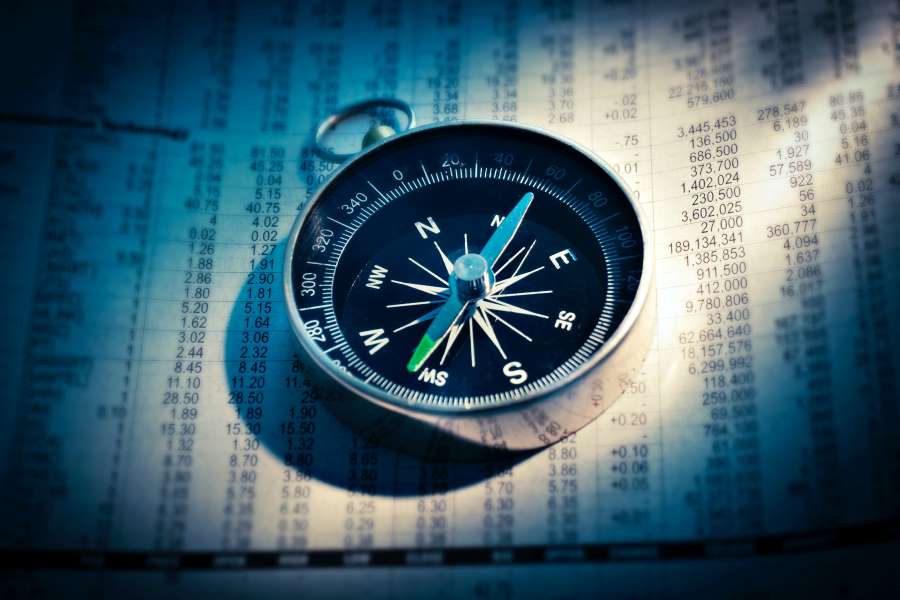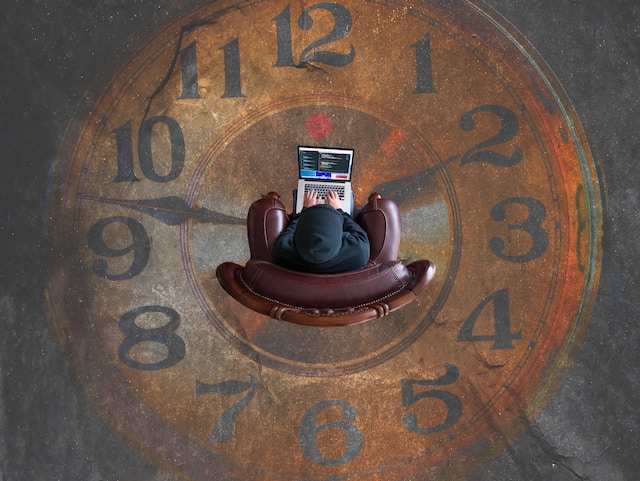Although the word cyborg immediately recalls future-projected scenarios, the concept is firmly rooted in the past. The idea of enhancing the existing body, of hybrid organisms between human beings and technology, able to boost their capabilities and biological functions through artificial integrations, was under discussion at the dawn of the mechanical age and even more in the early 20th century. The artistic avant-garde of the 20th century, with their intellectual and creative ferment, already blurred the boundaries between human beings, technology, and scientific innovations. They used the fluid and prophetic medium of art to explore a pioneering research area.
This year the 59th Venice Biennale – the event that exhibits all the leading trends in the international contemporary art world – is dedicating an entire exhibition hall and numerous artworks by acclaimed artists to the concept of the cyborg. The exhibition The Milk of Dreams curated by Cecilia Alemani was born from a careful online selection, due to the restrictions forced by the health emergency. It was born, therefore, with an intrinsic technological and hybrid vision, but no less human. In an era of pandemics and bodily and mental vulnerability, art shows enhanced cyborg hyper bodies, capable of transforming, modifying, and adapting themselves to new environments and needs.
The term “cyborg” was used for the first time in the sixties by scientists Clynes and Kline, who coined the neologism by merging the words ‘cybernetic’ and ‘organism’. It is, however, a different concept from that of a robot or android; the cyborg is distinguished from them because it acquires, through technology, enhanced capabilities that allow it to adapt to all environments, survive, or even live forever. They are free human beings to be explored. This free and dynamic aspect of cyborg identity seduced the philosopher and feminist scholar Donna Haraway in the eighties, who highlighted in her A Cyborg Manifesto the potential for a post-human future, postgender, with no limitations of gender and form. Haraway suggests that cyborgs are fluid bodies and identities in which the boundaries between human, animal, and machine are increasingly blurred and crossable. The artists exhibiting at the 59th Venice Biennale have absorbed this extended, relational, prosthetic idea of the human being, imagining works of art in which bodies expand and mix with technological, mechanical, and scientific inventions. A world populated by cyborgs is in some cases very literal, in other cases more evocative or experimental.
Speaking explicitly of cyborgs is the exhibition entitled The Seduction of the Cyborg, set up in the Arsenale area of Venice with cold and hypersaturated tones. It is configured as a small show inside the major exhibition event which curator Alemani defined as a ‘time capsule’. The curatorial choice is surprising: in the exhibition room only 20th century historical art is displayed, and specifically only female artists; women artists strongly reflected on the interaction between the female body and the technological machine. We are thus immersed in the prodromes of the cyborg concept, strikingly perceived by the female exponents of the avant-garde according to their artistic sensibilities. The exhibited artists built hybrid and cybernetic scenarios, overcoming the limits of their bodies, focusing in some cases on the body and movement, in others on the face, and in others on expansions of human anatomy and biology.
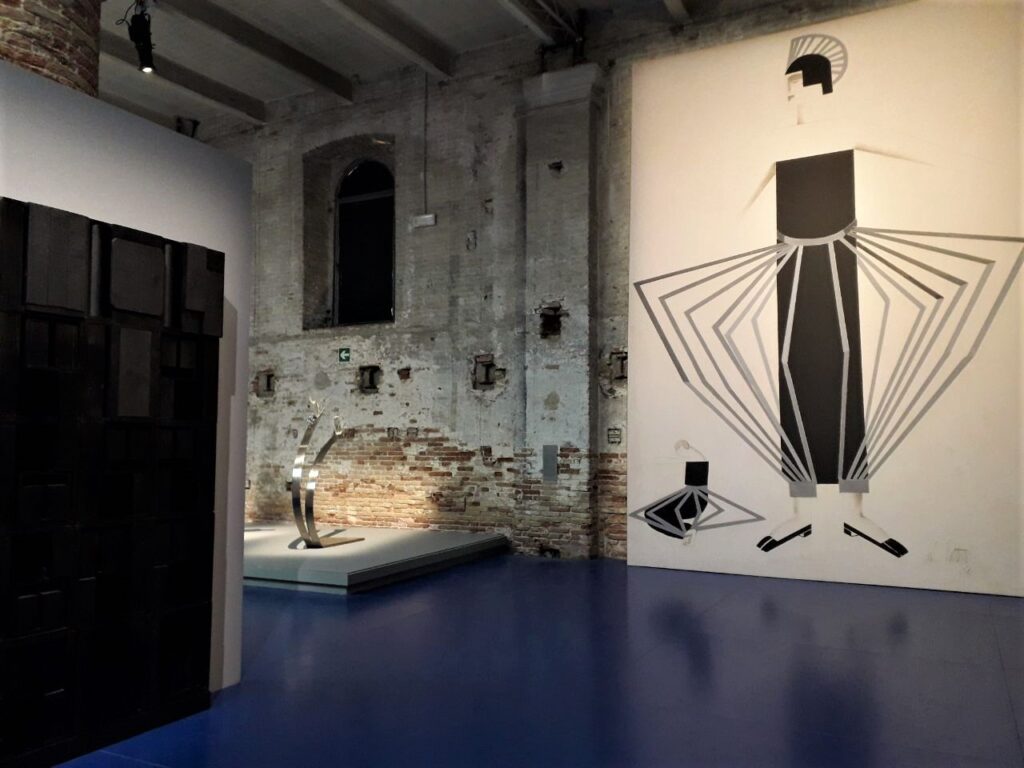
Image 1. View of Seduction of the Cyborg room with Aelita by Alexandra Exter
The seduction of female cyborg artists
The mechanical body is, for example, the founding topic of the German-born Dadaist artist known as Baroness Elsa von Freytag-Loringhoven. She devised performances in which she adorned herself with discarded objects found in the garbage, assuming the mechanical poses of an erotic cyborg. Using her body and materials, she became a sort of Dada readymade. And again, we make the acquaintance of the Futurist dancer Giannina Censi, who, inspired by the new aeronautical technologies, conceived unnatural and rhythmic dances, half woman, half machine. The overcoming of the limits imposed by the human body was also addressed in the early 20th century by Karla Grosch, dancer and expressionist athlete, who created theatrical performances with bulky metal and glass costumes, between dance and robots. Even the geometric and mechanical costumes designed by constructivist stage designer Alexandra Exter for early Soviet sci-fi films show the perfect fusion between the female body and new technologies as if they were not clothes but dystopian prostheses.
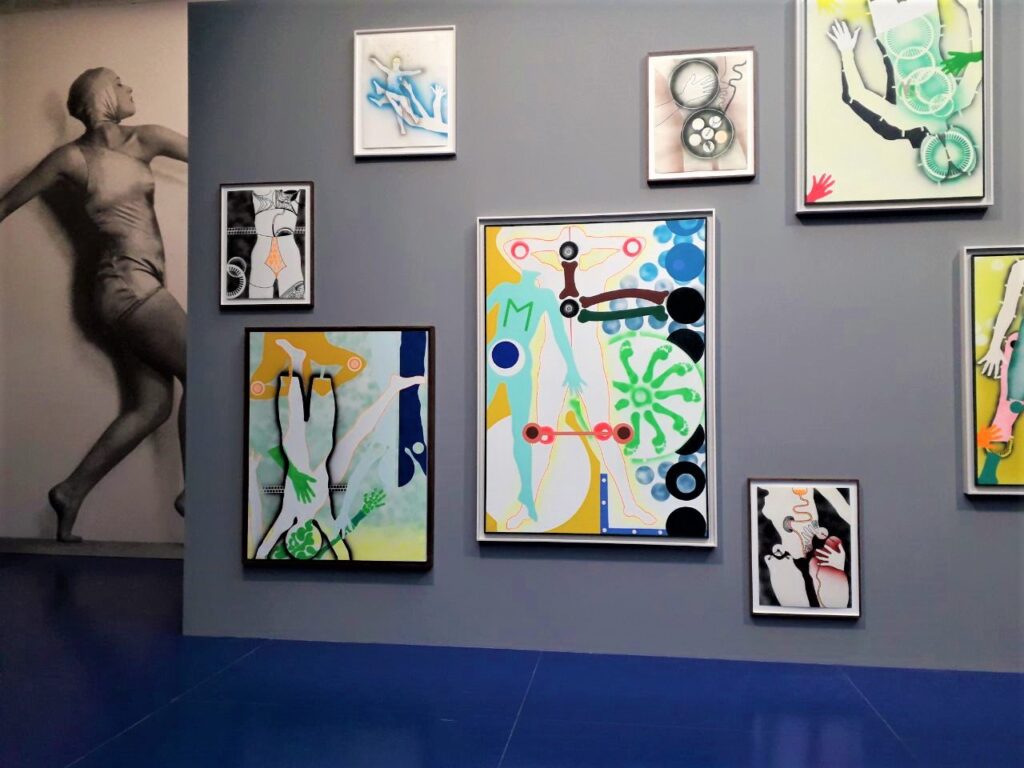
Image 2. Giannina Censi and Kiki Kogelnik artworks
Even the face becomes the object of transformation and contamination in the hands of the artists. The Dadaist Hannah Höch, the only female member of the Berlin Dada group, creates collages of new female faces, and hybrids, composed of various newspaper cuttings: a hymn to unstable identity. The enhancement of the face and its physiognomy is also the goal of the neoclassical sculptor Anna Coleman Ladd, who put her knowledge of plaster casts at the service of British soldiers maimed by World War I. Coleman Ladd created hundreds of masks to help the disfigured faces of veterans, real facial prostheses that demonstrate the preciousness of the interrelationship between art and science. Finally, the cyborg theme is well exemplified by the pictorial production of Kiki Kogelnik, an artist strongly influenced by Pop Art but who creates hypersaturated fluorescent paintings of bodies scanned by X-rays. Her colorful cyborg silhouettes represent expanded and enhanced organs and anatomies.
New hybridizations and possibilities
The 2022 Biennial not only gives space to the cyborg art of the early 20th century but also contemporary art. The hybridizations between body and technology are the basis of the artistic practice of Tishan Hsu, an artist who defines himself as a cyborg (“Google is my memory”, he memorably said). Hsu creates surfaces with silicones and industrial resins, simulating bodily elements, excrescences, and medical instruments, halfway between the biological and the technological. Finally, as evidence of the interest in the theme of cyber-organisms, this year the international jury of the Biennale assigned a special mention to the American artist Lynn Hershman Leeson. Leeson has been bringing artificial intelligence, cybernetics, and genetic engineering into her artistic production since the 1990s. In this year’s exhibition, she created a video, Logic Paralyzes the Heart, in which a 61-year-old cyborg speaks about his digitally integrated body. He questions the symbiosis between the biological body and technology: how the latter distorts, monitors, and manipulates our existence. How could it, on the contrary, open up new possibilities for life, now and in the future?
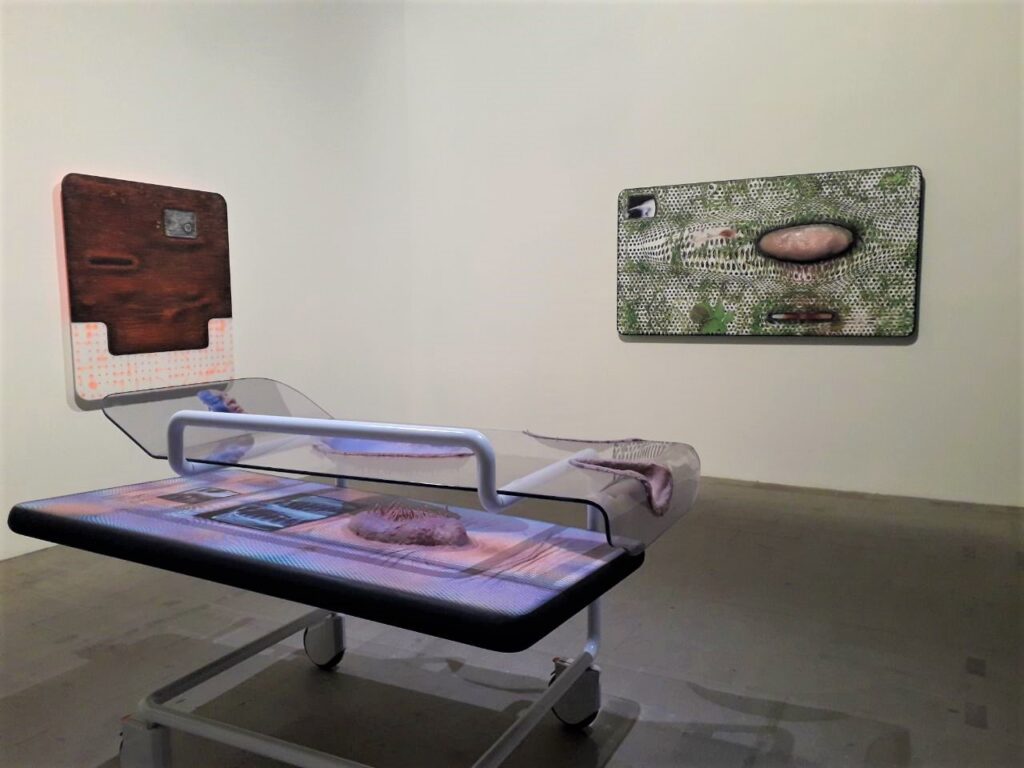
Image 3. Tishan Hsu Installation view
The space dedicated to cyborgs and robotics in the 2022 Biennale shows how the interest in the body and technological implementations is not merely a curious trend, but a genuine quest toward a post-human aesthetic. It is a field of research that, as demonstrated by the artists of the 20th-century avant-garde, has been seducing human beings since long before the advent of digital technology. It deals with the human desire to question one’s limits; to explore new ways of using our natural body, towards new models of existence. Art, between provocations and creative representations, is the preferred spokesman of these continuing transformations.
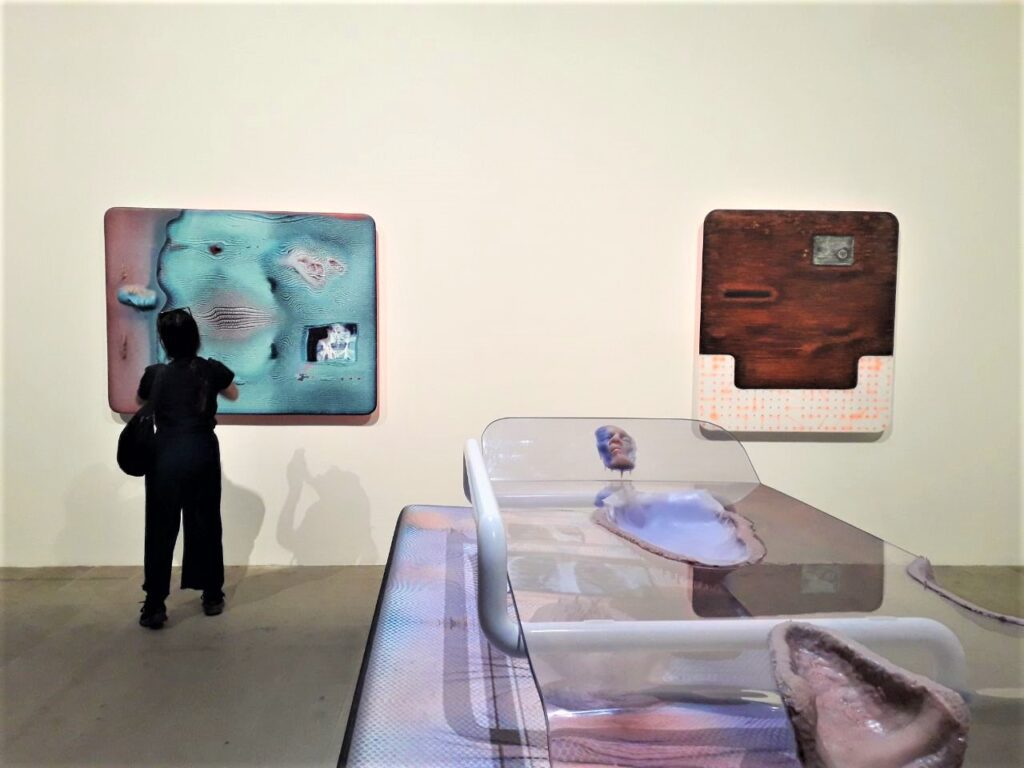
Image 4. Tishan tsu 3 view of the exhibition room
